43 skin diagram worksheet
Oct 07, 2009 · This is an online quiz called Skin Labeling. There is a printable worksheet available for download here so you can take the quiz with pen and paper. From the quiz author. Worksheet. The Integumentary System . 1. Label the diagram in the spaces provided. Artery Sweat Gland. Hair Shaft Epidermis. Sebaceous (Oil) Gland Vein. Melanin Subcutaneous. Sweat Pore Erector Muscle. Dermis Nerve. Name the three parts of the integumentary system. Describe the types of glands in the skin. 3.
Plant slide (onion skin) Animal slide (cheek scraping or if access a polyp) Overhead projector “Animal and Plant Cells Worksheets” (1 per student) “Cell Parts” worksheet ( 1 per student) Transparency of Plant, Animal, and Coral Cell examples Transparency of “Coral Cell with Zooxanthellae” Part 2:
Skin diagram worksheet
Oct 10, 2019 · Diagram. I. Olfactory nerve. ... The ophthalmic part gives sensation to parts of the eyes, including the cornea, mucosa in the nose, and skin on the nose, the eyelid, and the forehead. Food for Thought. If you have already studied about the digestive system you are familiar with the path that food takes through your body. You already understand that food needs to be chewed in order to prepare it for processing by the stomach and how the stomach adds acid and churns food to convert it to a form that can be absorbed into the body through the intestines. Jan 17, 2017 · Skin is the human body's largest organ. The epidermis is bonded to a deeper skin layer below known as the dermis, which gives the organ its strength and elasticity thanks to fibers of collagen and ...
Skin diagram worksheet. The Skin (Integumentary System) Basic Structure of the Skin 1. Complete the following statements by writing the appropriate word or phrase on the correspondingly numbered blank: The two basic tissues of which the skin is composed are dense connective tissue, which makes up the dermis, and which forms the epidermis. Most cells of the epidermis are 2 Jan 17, 2017 · Skin is the human body's largest organ. The epidermis is bonded to a deeper skin layer below known as the dermis, which gives the organ its strength and elasticity thanks to fibers of collagen and ... Food for Thought. If you have already studied about the digestive system you are familiar with the path that food takes through your body. You already understand that food needs to be chewed in order to prepare it for processing by the stomach and how the stomach adds acid and churns food to convert it to a form that can be absorbed into the body through the intestines. Oct 10, 2019 · Diagram. I. Olfactory nerve. ... The ophthalmic part gives sensation to parts of the eyes, including the cornea, mucosa in the nose, and skin on the nose, the eyelid, and the forehead.

Skin Diagram Docx Epidermis Dermal Papillae Stratum Corneum Stratum Basale Sebaceous Gland Arrector Pili Muscles Hair Follicle Dermis Sweat Gland Course Hero



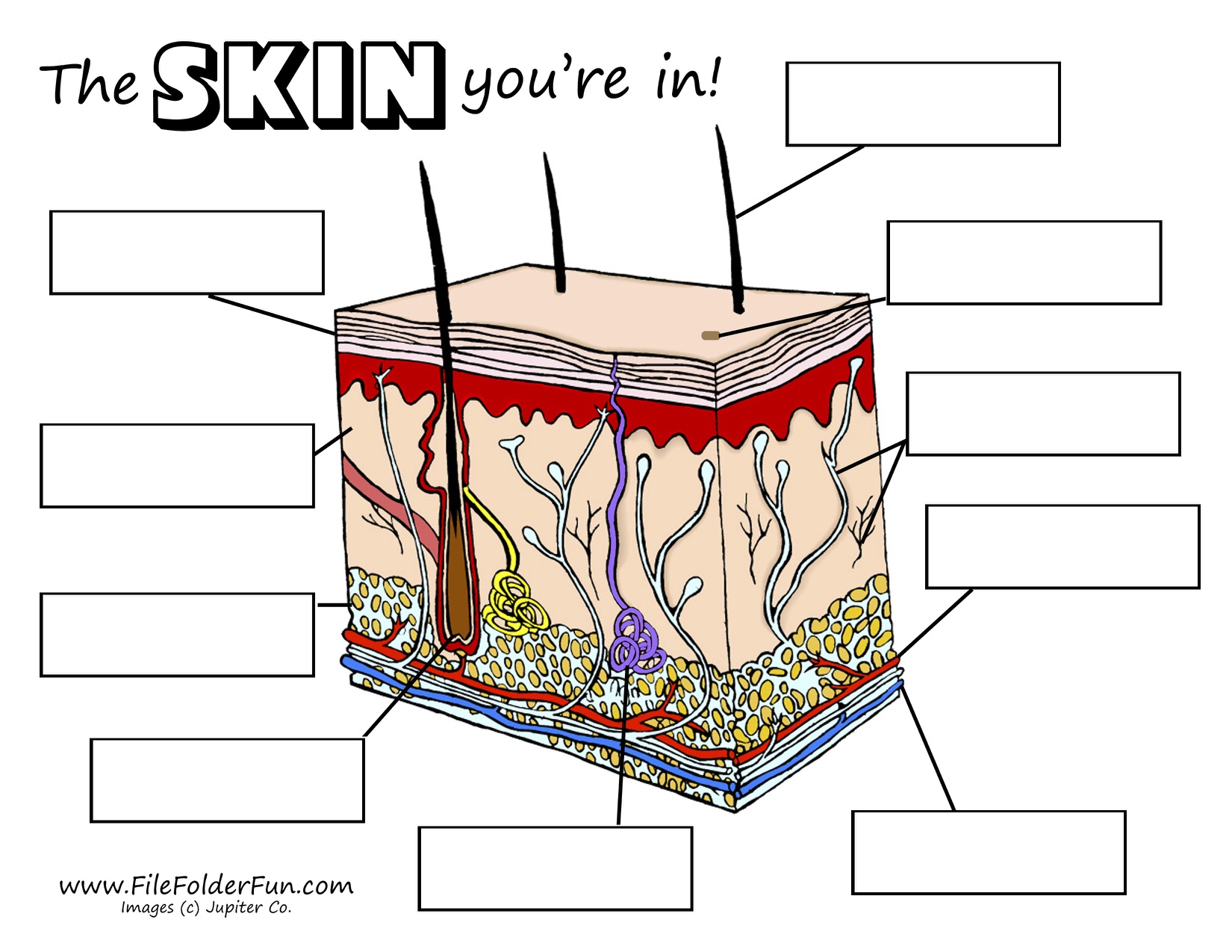
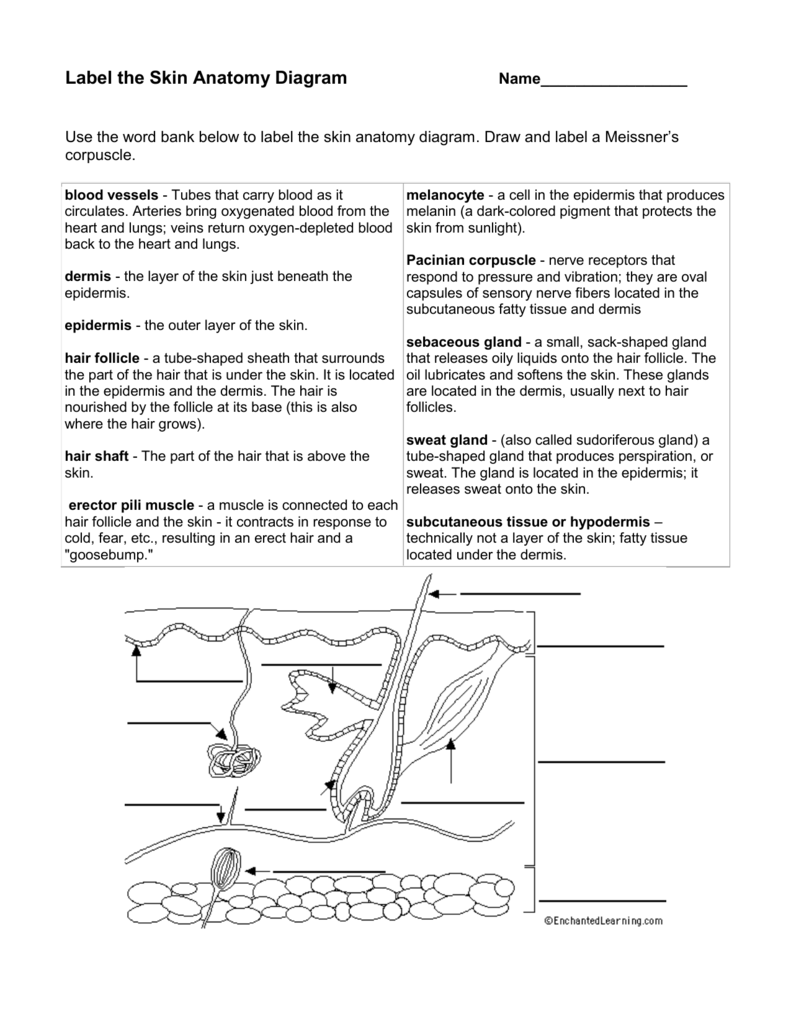
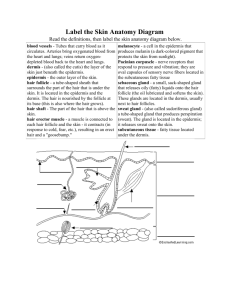


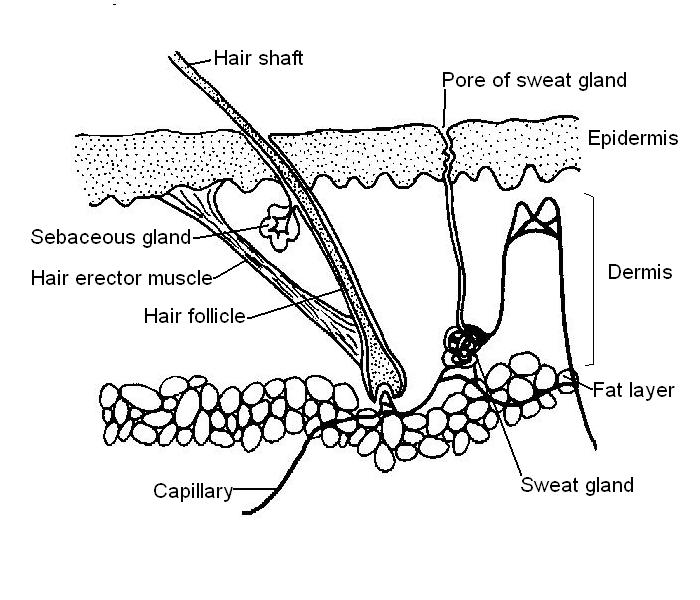
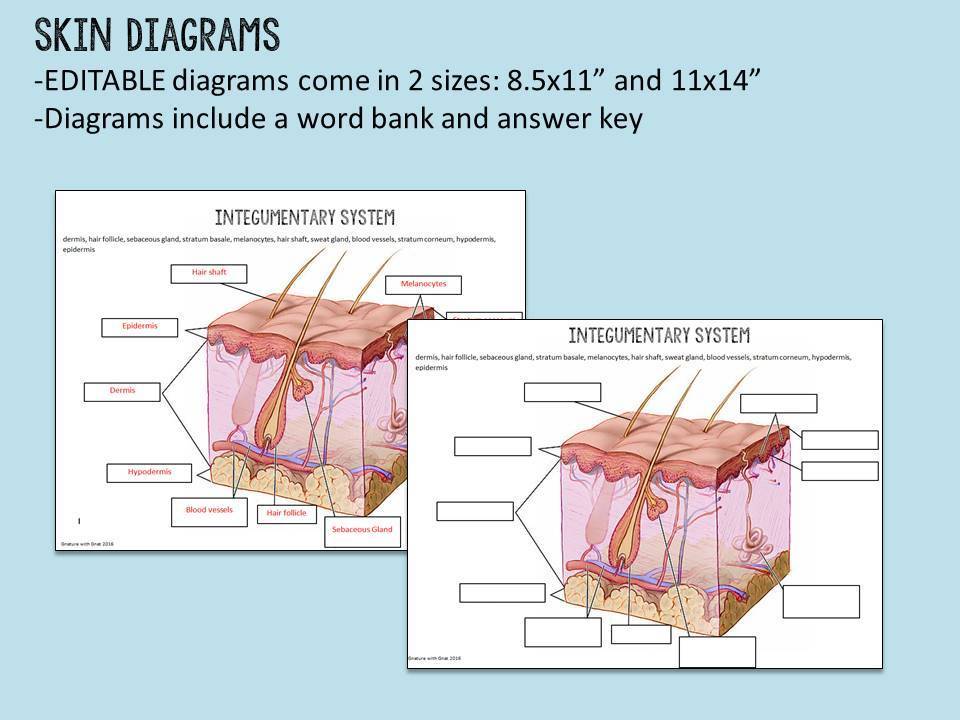















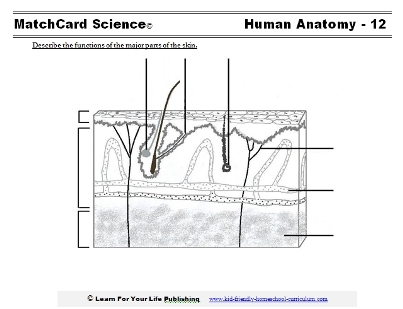

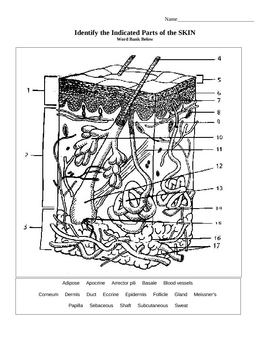


Comments
Post a Comment